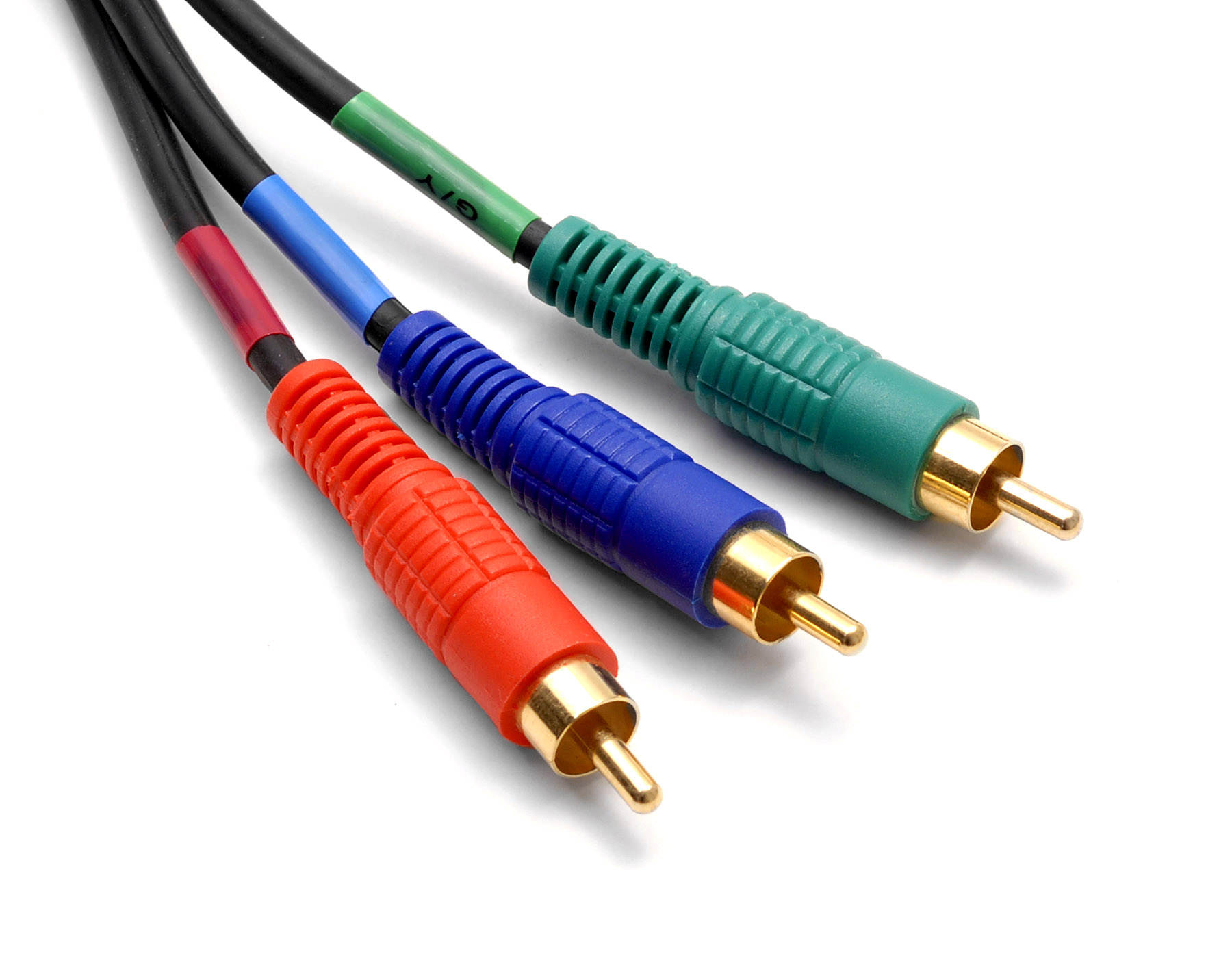Investigating the Development of Digital Display Tech and Its Impact on Setup Practices
Wiki Article
Digital signage technology has come a significant way since its beginning. Initially, signs were static and required manual modifications, which could be labor-intensive and challenging. With the advancement of innovation, digital signage has developed into a dynamic and interactive platform. Today, screens can show lively graphics, videos, and live information, making them more engaging for audiences. This evolution has not only changed how data is presented but has also transformed the way companies and entities communicate with their customers.

One of the crucial developments in digital signage solutions is the use of high-definition screens. These screens offer better clarity and color accuracy, which improves the overall viewing experience. Additionally, the advent of light-emitting diode and LCD systems has made it possible to create slimmer and more lightweight screens. This has enabled for more flexible installation choices, such as surface mounting, hanging, or even independent displays. As a consequence, companies can choose the best configuration that fits their space and customer requirements, making digital signage a flexible solution for different settings.
Another significant advancement is the incorporation of media management platforms (CMS). These platforms allow users to easily develop, plan, and manage material across multiple displays from a unified platform. This digital signage for non profits capability is particularly advantageous for companies with several locations, as it ensures consistent communication and identity. Furthermore, many CMS systems offer web-based options, allowing remote control and real-time modifications. This means that businesses can promptly react to changes in information or offers, keeping their content current and pertinent.
The impact of digital signage solutions on setup practices cannot be overlooked. With the growth of engaging screens and touchscreens, installation has become more complicated. Technicians must now take into account factors such as cabling, networking, and user interaction. Additionally, the need for appropriate installation and placement is crucial to ensure maximum sightlines and approachability. As a result, professional installation solutions have become more essential, as they bring expertise in both technology and design to develop effective digital signage systems.
In summary, the development of digital signage solutions has significantly influenced installation methods and the way data is shared. With advancements in display technology, content management platforms, and setup methods, companies can develop engaging and effective signage that captures the focus of their viewers. As digital signage keeps to expand and evolve, it will undoubtedly play a crucial role in shaping the prospects of interaction in multiple industries.